
09 Jun 2009

Final Flesh
The Pollard family is calmly discussing their impending death by atom bomb when Mrs. Pollard recounts a dream in which she sensually bathes herself in the "Tears of Neglected Children."
I'm Takin' You To The Bank!
Emerging from the LA underground in year 2000, a self-proclaimed "video band" called TV Sheriff & The Trailbuddies hit the scene with their twisted take on performance art and VJ remixing. They have since taken their unique act to venues worldwide, providing animated commentary on the state of mind control in the USA. The Trailbuddies focus on the banality of television, creating rhythmic collages from appropriated clips of the most absurd broadcast moments. And besides their virtuoso sampling, the madcap ensemble creates original—and hilarious!—karaoke-style melodies on mass-media manipulation. Behind TV Sheriff & The Trailbuddies is the ingenious, Emmy-award-nominated Davy Force, an exceptional combination of brilliant director and hands-on computer artist. His recent projects include music videos for Devo, animated commercials for Bandai and the show open for Tim & Eric's Awesome Show Great Job.
TV Sheriff

09 Jun 2009

The Pollard family is calmly discussing their impending death by atom bomb when Mrs. Pollard recounts a dream in which she sensually bathes herself in the "Tears of Neglected Children."
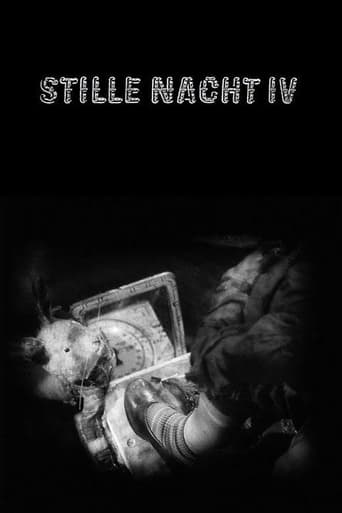
31 Dec 1993

Short animated film featuring the song "Can't Go Wrong Without You" by His Name Is Alive.

09 Sep 2009

From radical turntablism (Otomo Yoshihide) to laptop music innovation (Numb), via classical instrument hijacking (Sakamoto Hiromichi), Tokyo's avant-garde music scene is internationally known for its boldness. While introducing some of the greatest musicians of this scene, "We Don't Care About Music Anyway..." offers a kaleidoscopic view of Tokyo, confronting music and noise, sound and image, reality and representation, documentary and fiction.

29 Nov 1968

"Using the same, three times repeating dialogue – dramatic conversation between man and woman – Jerzy Skolimowski from Poland, Slovak director Peter Solan and Czech director Zbynìk Brynych shot three different stories. The result was an extraordinary experiment in the world cinema, which we can call an insight in the relationships of men and women of different age groups, an analysis of love and marriage of those who are at the beginning, in the middle or going towards the end of their life."
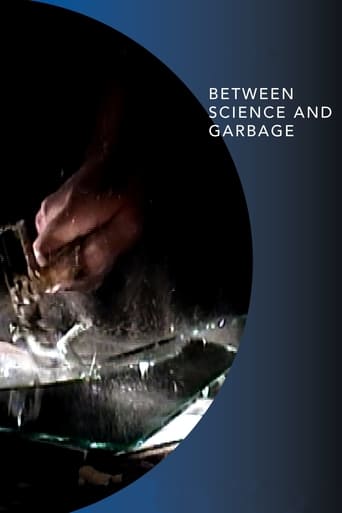
27 Apr 2004

A whirlwind of improvisation combines the images of animator Pierre Hébert with the avant-garde sound of techno whiz Bob Ostertag in this singular multimedia experience, a hybrid of live animation and performance art.
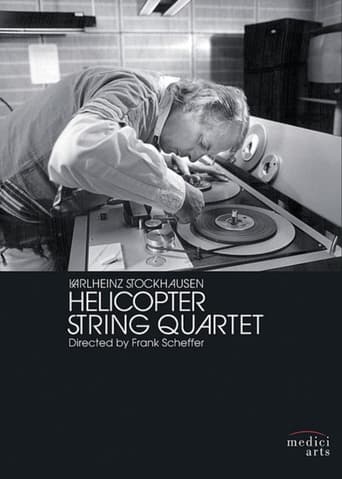
17 Oct 1996

One morning, the late Karlheinz Stockhausen awoke from a dream that told him to take to the sky. Stockhausen envisioned four helicopters swirling in the clouds, with each of a quartet’s members tucked inside his own chopper, communicating through headsets, stringing away in sync to the rotor-blade motors. He immediately set forth to make that dream a reality. In 1995, Dutch film director Scheffer followed Stockhausen in the days leading up to the premiere performance of his Helicopter String Quartet in Amsterdam. The resulting film offers a rare glimpse of Stockhausen as he patiently dictates every agonizingly detailed measure to the Arditti Quartet.
01 Oct 2004
A filmmaker gets lost in a world of his own creation, literally. He is plotted against by his outer demons, searches for his lost sex scene and contends with several other versions of himself. A joyful rule-breaking carnival ride through a filmmaker's dreamland.
14 Mar 2012
This documentary is a journey into our own fascination, a collection of portraits of folk musicians living in New England, and a study of the ground on which their music is founded. We listen to them as they tell their stories and play their music. First and foremost, Behind a Hill is a tribute to these musicians and a rare peep into the house parties and basement jams of New England, in the northwestern corner of the USA, with the vain hope attached that maybe you, the viewer, will grow as fond of the music as we have. When we first encountered these musicians, we were overwhelmed by the quality of their musical output. We were entranced by the melodies, harmonies, rhythms, and tempos and every other element that constitutes a song (or, as is often the case, a piece of abstract drone music, heavy feedback, or someone banging a steel pipe against a bag of dirt while chanting in a yet undiscovered language, or...).
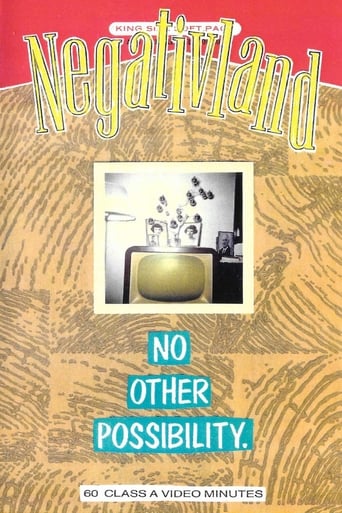
01 Jan 1989

In an effort to cure her smoking habit a middle-aged woman discovers that she can communicate with her long lost son while watching a Halloween safety program on TV. After suffering a nervous breakdown, her husband, a used car salesman, is revitalized when he travels back in time to drive the first car he ever sold. Seventeen years later a powerful canned food manufacturer crashes the same car into a toaster truck while endorsing a brand of yams on live TV. At the funeral his clergyman experiences a crisis of faith when he and a lifelike Mexican continue their search for a married couple who have befriended an insect who enjoys drinking lime soda. They later meet a young man whose bizarre murder scheme involves four innocent members of an experimental rock band who have all given up smoking.
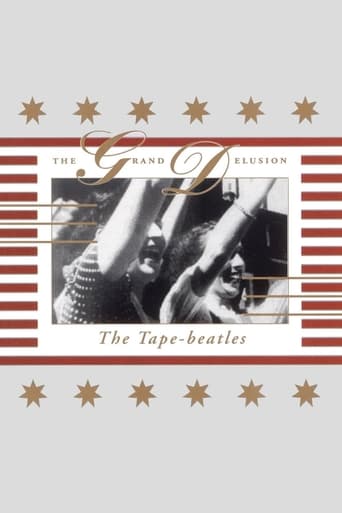
01 Jan 1996

Produced in 1993, The Grand Delusion is one of our most completely realized works. In addition to taking the usual form of a Tape-beatles release (a CD), The Grand Delusion was also delivered in the form of an ‘expanded cinema’ presentation involving three-screen motion picture projections and sound. The screen space for this production is intended to be three times the width of the normal 3 to 4 "Edison" aspect ratio of 16mm. The presentation only uses the full width intermittently, so transitions from one form to the next has been translated here by means of a video effect. As a live performance presentation, The Grand Delusion has been screened in dozens of venues across North America and Europe.

01 Jan 1986

The ruins of paganism and the birth of Christianity portrayed by immobile people along with music.

01 Jun 1970

An odyssey through Beethoven’s lasting presence and influence in our modern world – viewed through the eyes of the composer himself.
22 Jun 2012
Image by Carlos Casas. Double screen projection with live soundtrack. Images and sound captured on location. Somewhere in the tundra, Chukotka Region, Northeastern Siberia, Russian Federation. Music by Prurient. Published by Von Archives. N 66° 37’ 916, W 172° 40’ 353, Sept 2006.
16 Jun 1968
Produced by WGBH-TV in Boston, the Medium Is the Medium is one of the earliest and most prescient examples of the collaboration between public television and the emerging field of video art in the U.S. WGBH commissioned artists — Allan Kaprow, Nam June Paik, Otto Piene, James Seawright, Thomas Tadlock and Aldo Tambellini — to create original works for broadcast television. Their works explored the parameters of the new medium, from image processing and interactivity to video dance and sculpture.
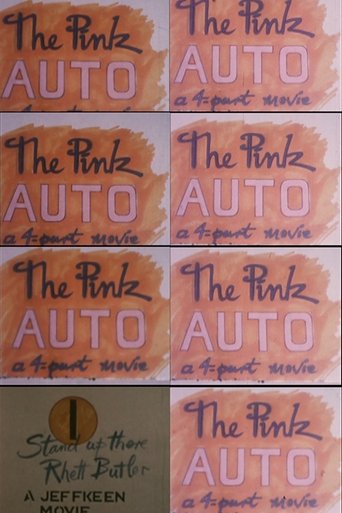
01 Jan 1964

The Pink Auto, screened using two projectors, is one of the very first examples of expanded cinema. Jeff Keen walks as a zombie and carry his dead bride through brown English fields.
01 Sep 1983
The story means to develop through an uncovering of layers - strata. As writer Krumbachova stated: "With nature as a prison, an impassable barrier ... where every action is physically and psychically limited by the environment ... people are reduced to fragments of basic instinct and intelligence." Promoted as a psychological thriller, Strata provides little tension nor any real climax. The characters are ideas - not believably real.
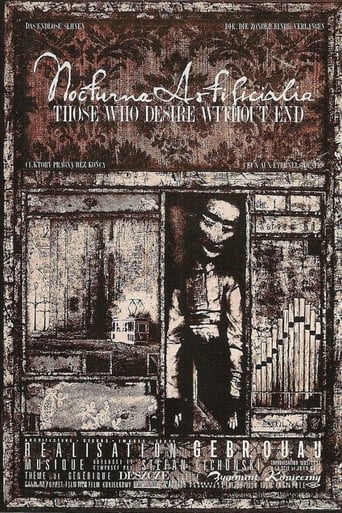
01 Jan 1979

Enigmatic, stop-motion, animated story of a man's day.

20 Jun 1984

In Prague, a professorial puppet, with metal pincers for hands and an open book for a hat, takes a boy as a pupil. First, the professor empties fluff and toys from the child's head, leaving him without the top of his head for most of the film. The professor then teaches the lad about illusions and perspectives, the pursuit of an object through exploring a bank of drawers, divining an object, and the migration of forms. The child then brings out a box with a tarantula in it: the professor puts his "hands" into the box and describes what he feels. The boy receives a final lesson about animation and film making; then the professor gives him a brain and his own open-book hat.
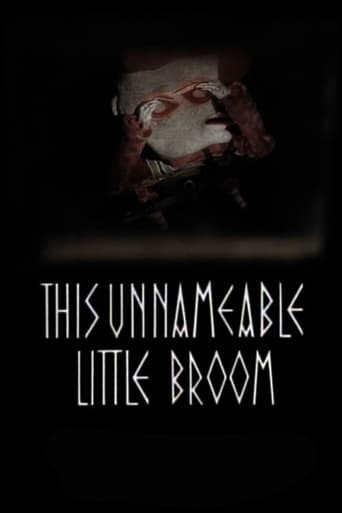
01 Jan 1985

Stop-motion animated short film in which a puppet on a trike captures a puppet bird-man.

01 Jul 1986

A puppet, newly released from his strings, explores the sinister room in which he finds himself.